Background
While working for Crossref in the publishing industry for 7 years, I was presented with the challenge to work on a revolutionary way for members to deposit their metadata. Crossref is a digital object identifier registration agency, which allows organisations in scholarly publishing to register their content (journals, datasets, books, conference proceedings, reports) to create a persistent digital identifier so their content can be found, shared and cited by researchers and authors. Crossref was founded in 1999 and over time many tools and services have been created, all performing tasks in their unique way with varying user experience and development code.
Problem breakdown
Outdated technology and UX - Crossref has multiple (5+) ways for members to deposit metadata, each with unique strengths and weaknesses. Different tools can handle different pieces of metadata, so members jump back and forth between different tools to complete their tasks. Each interface uses different technologies, which makes maintenance difficult.
Staff toil activity - Crossref members frequently require assistance to complete basic tasks, immensely increasing staff toil activity. This will increase over time as member acquisition expands and will leave teams servicing low-impact activities.
Growing membership which requires manual depositing - Membership of small publishers is growing and this member group requires manual depositing methods. One of the difficulties with manual data entry is the time-consuming process which can be error-prone, particularly if there is a large volume of data to collect.
Focus on quality metadata - Users are frequently depositing metadata with errors and mistakenly providing data which is not relevant to their workflows. Data errors can undermine trust in the accuracy of the data.
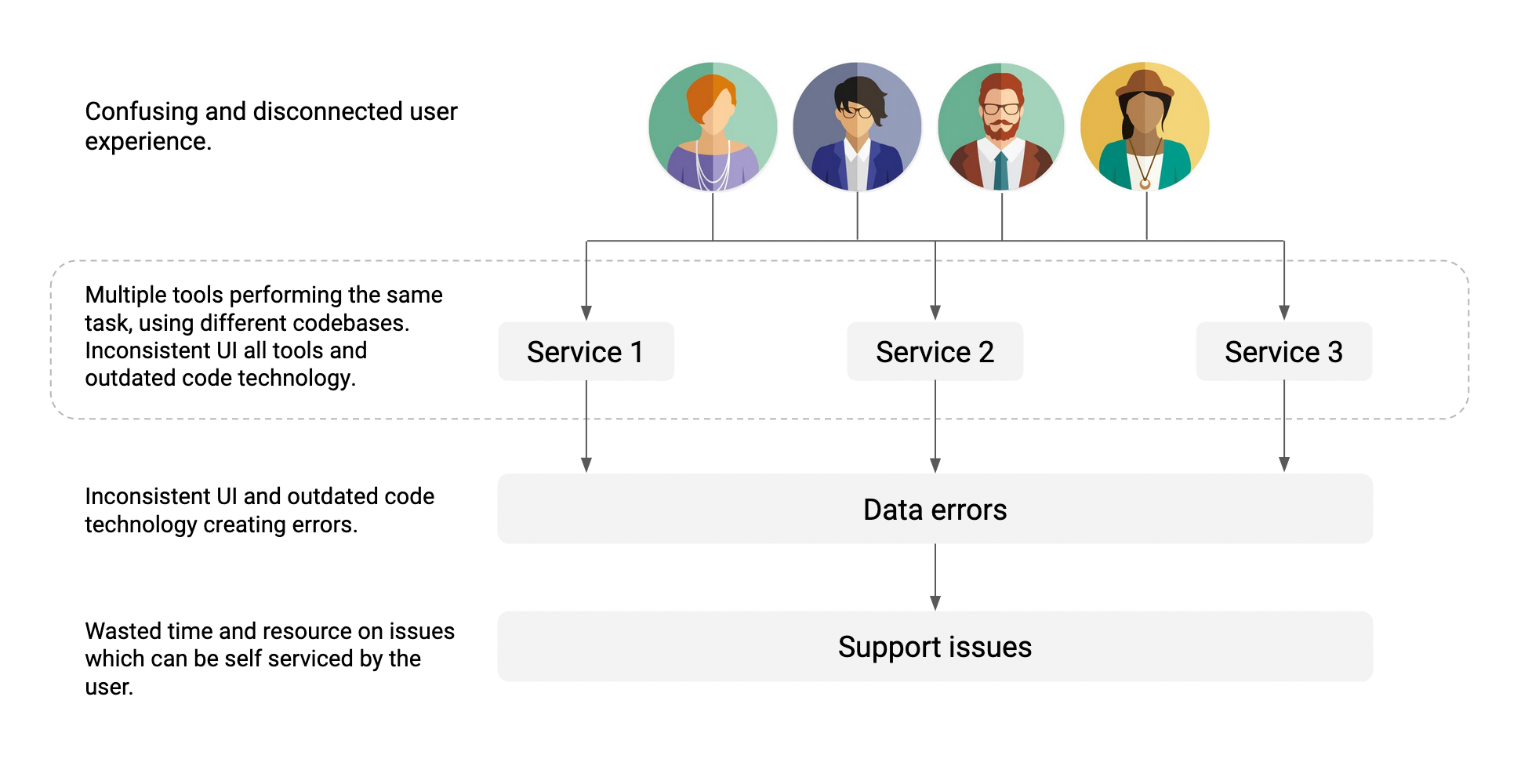
Data that is incorrect may cause misleading analysis and results, businesses can suffer from decreased trust.
My role as Product Designer
Research | Analysis | UX Design | Visual Design | Usability testing | Design presentation | Documentation | Managing stakeholders
Product Manager
Resource coordination | Project planning | Product oversight | Testing Interviews | Design feedback
Front-end developer
UI framework (VUE.JS & Material design) | JSON form development
Research
Extensive user research was conducted with the help of interviews and feedback gathering to help establish a good understanding of the project direction. User research can help identify issues and opportunities for improvement, which helps to create better products and services that are focused towards the user's needs. Research can help reduce the risk of product failure or user dissatisfaction by ensuring that products are designed with user needs in mind.
Research process
The research process can take many forms, as there are many different user research methods that can be used to gain insights into user needs, and behaviours. Research can be conducted using surveys (collect data from wider members group), and focus groups to establish feedback from a group discussion, also data analysis and usability testing.
In this instance, I have utilised the user interviews research method. This is a One-on-one conversation with staff/users to understand needs, goals, and pain points.

Research plan
Research interviews were conducted with 10 staff members to understand user needs and pain points. This provided a valuable insight into what users want and how they interact with a product or service (Member Experience: 1, Outreach: 2, Outreach: 2, Support: 4, Finance: 1, Development: 2)
User empathy map
Building empathy with the user is a key aspect of the design process. User research interviews help build empathy for users and their needs, leading to more user-centred design and development.
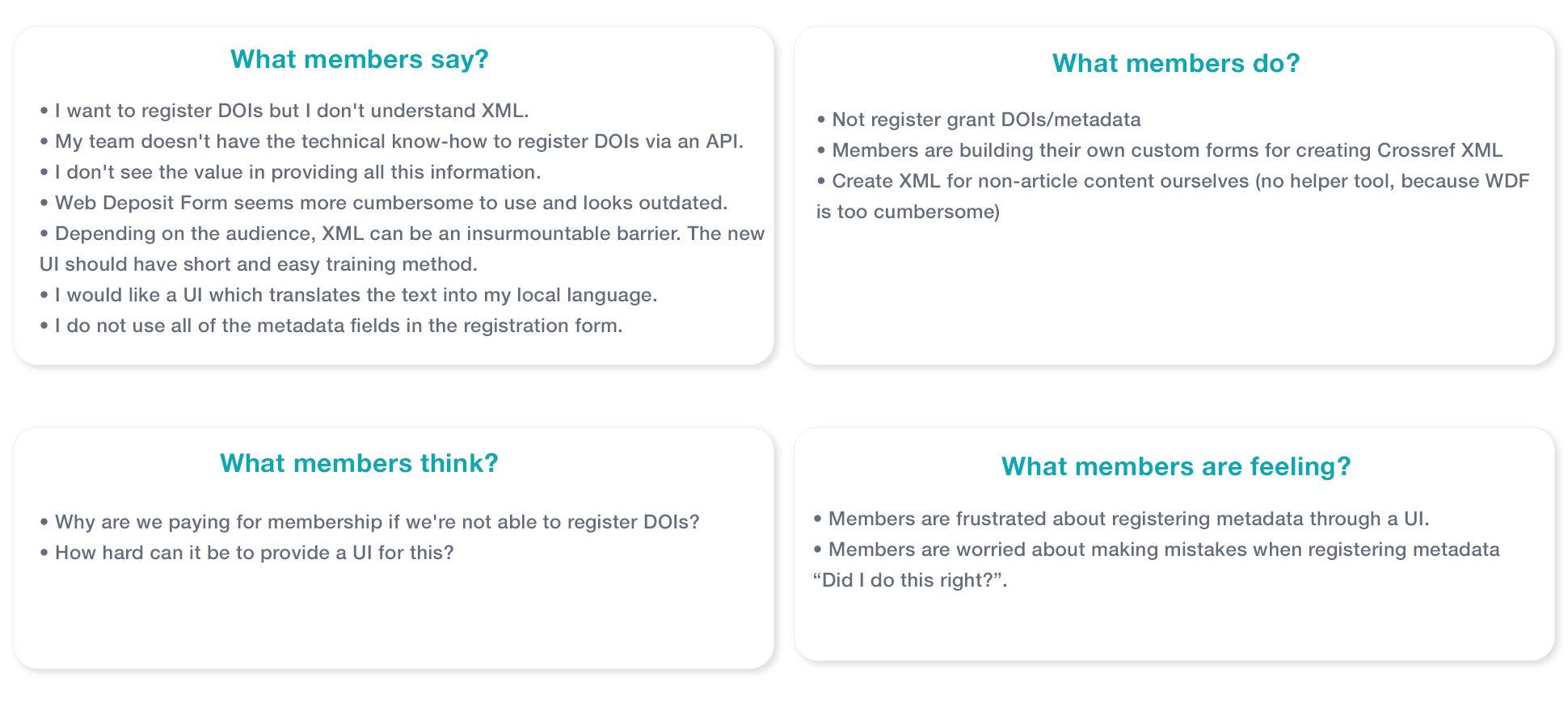
What did we observe in research?
• The business was losing 19 weeks of work annually to low-level activity.
• Members are not well informed of their metadata and account activity.
• Crossref staff are performing many toilsome member requests.
• Support requests can be self-served by members through an improved UI.
• Crossref has too many interfaces that are outdated and difficult for members to use and understand.
What business factors did we dig up?
• Member users can self-service tasks which will reduce staff toil.
• Support staff will have more time to work on high-level tasks which create more impact.
• Unify the Crossref experience by creating a hub for tools and services.
• Modernising the front-end UI and code to create a modern experience.
Strategy
The main objectives for creating a self-service metadata depositing tool to improve the metadata Crossref collects and also enhance the depositing experience so fewer support issues are created by members.
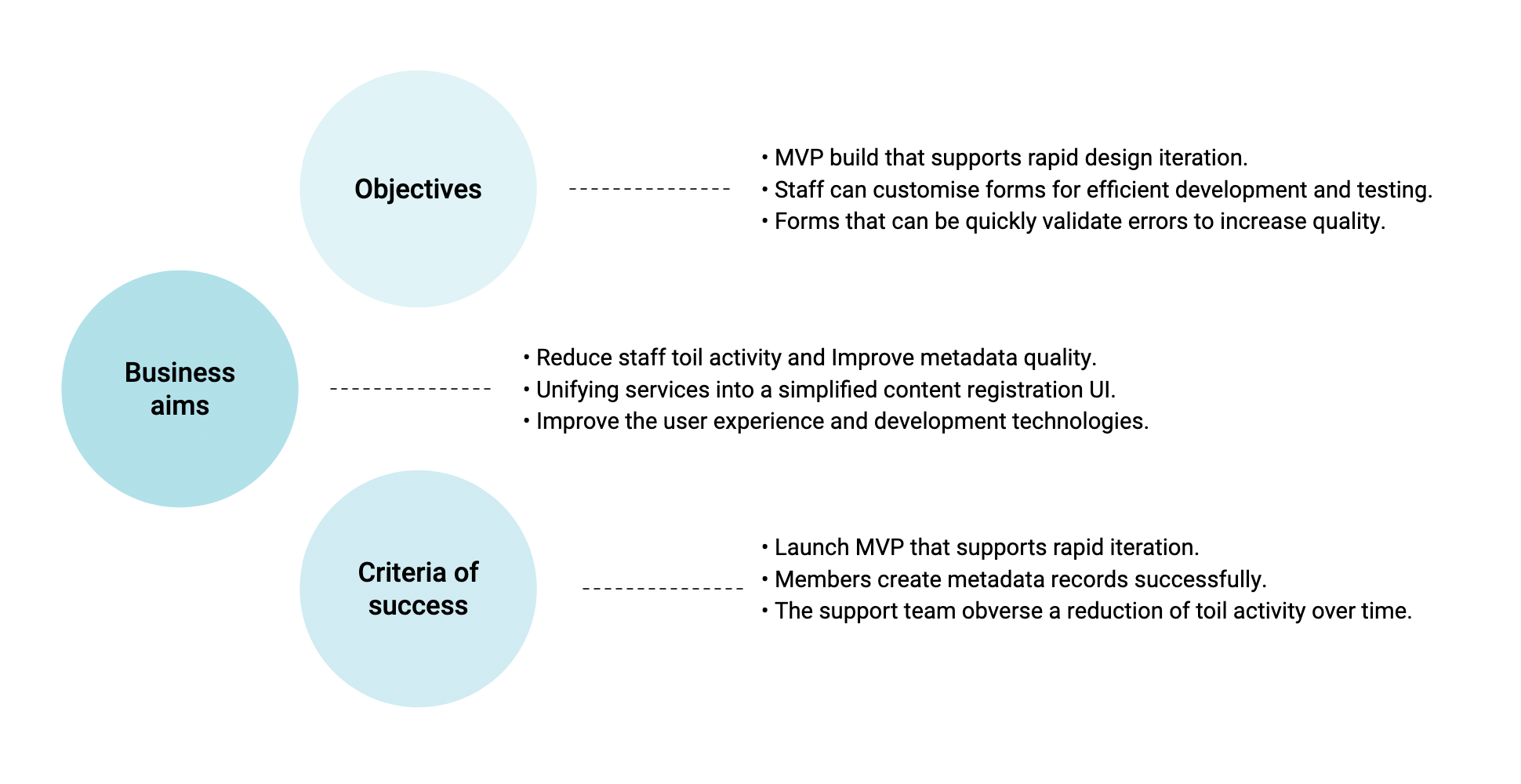
High Level User Journey
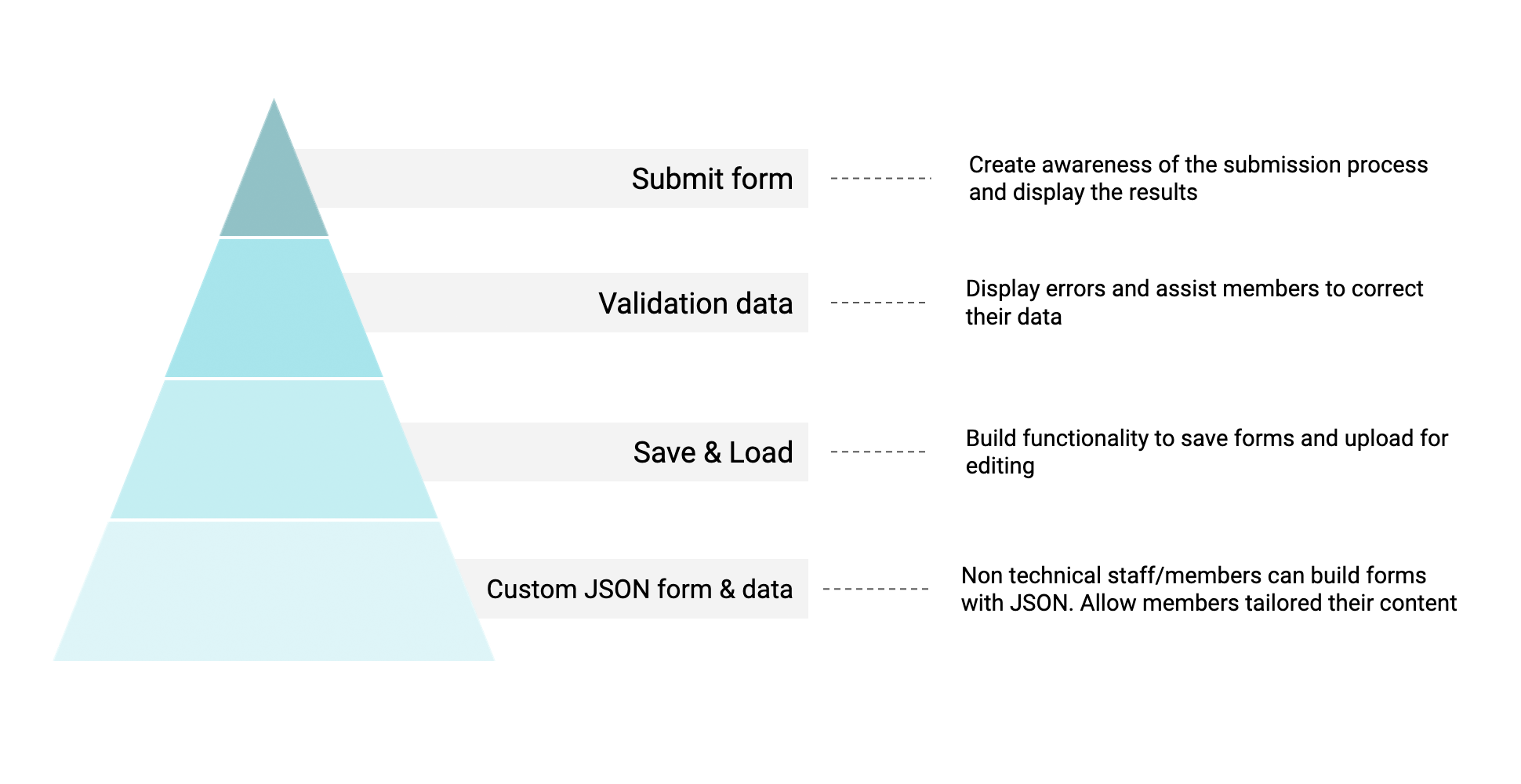
User personas
Personas tell a rich story about our membership and wider community audience by describing the little behaviours and quirks that we may not be aware of. Personas help to focus ideas and jump into the minds of our users. Primary and secondary user groups which will be impacted by this project are highlighted to create user needs for the whole project team. User persona library: Crossref user personas
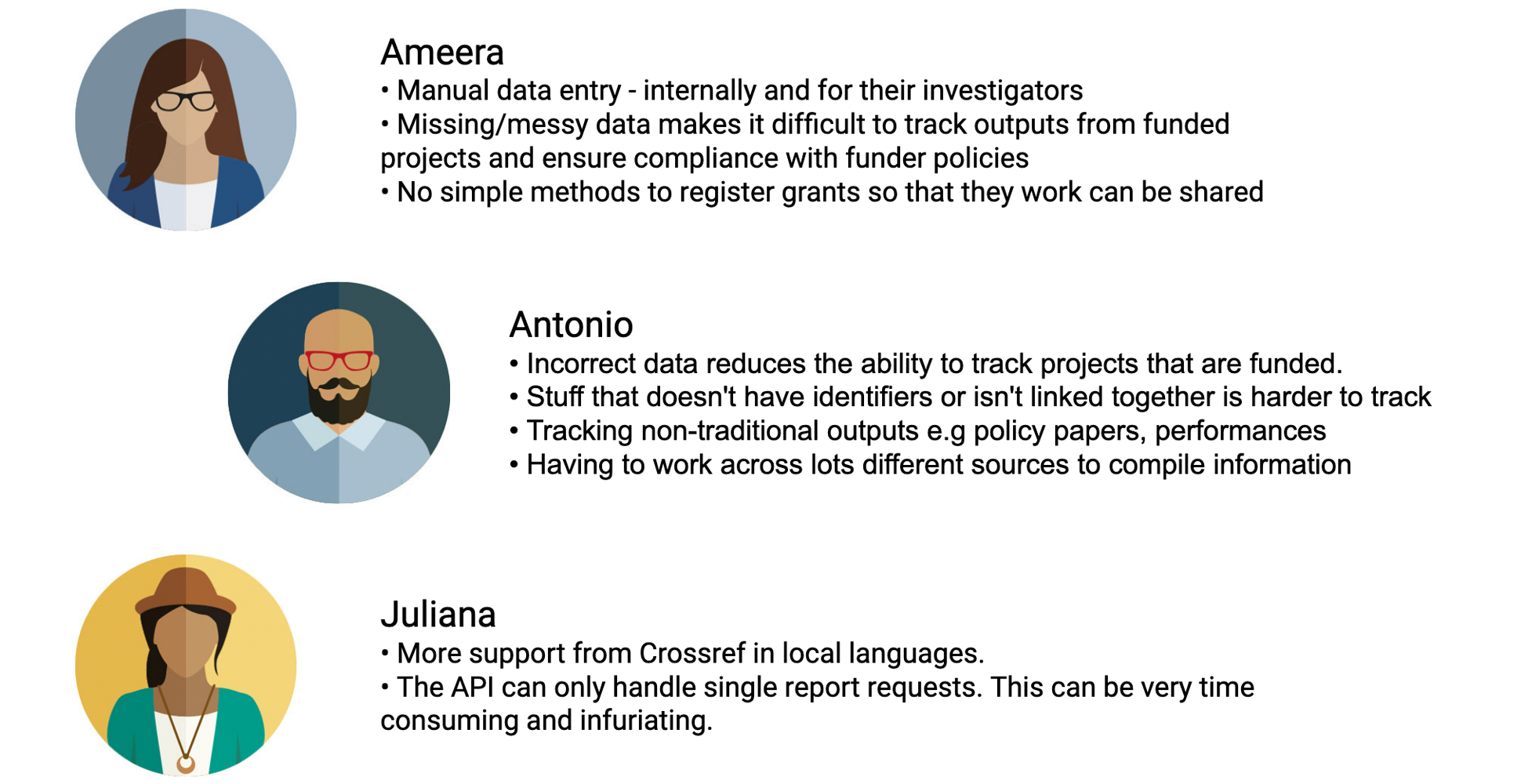
High level feature list
The feature list outlines specific features and functionality that are planned for the development of the product. The feature list will expand as the development process gathers pace.
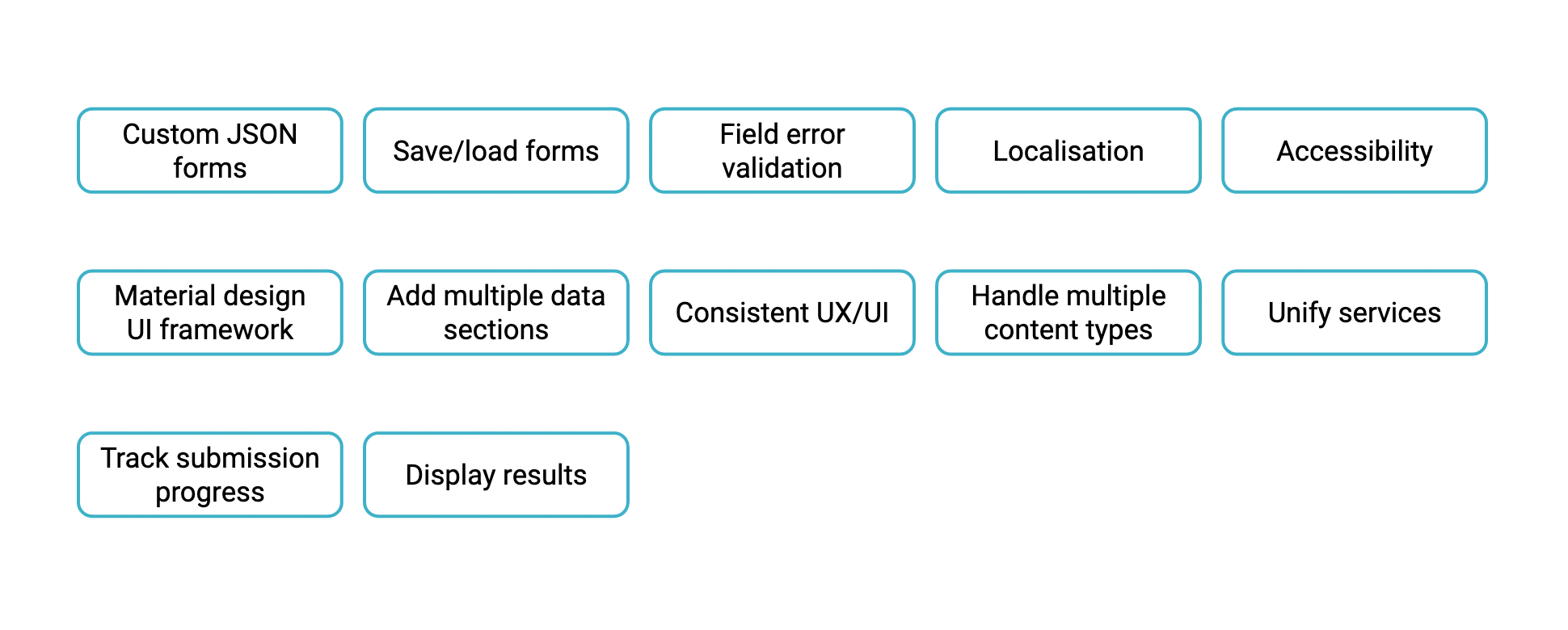
Design exploration process
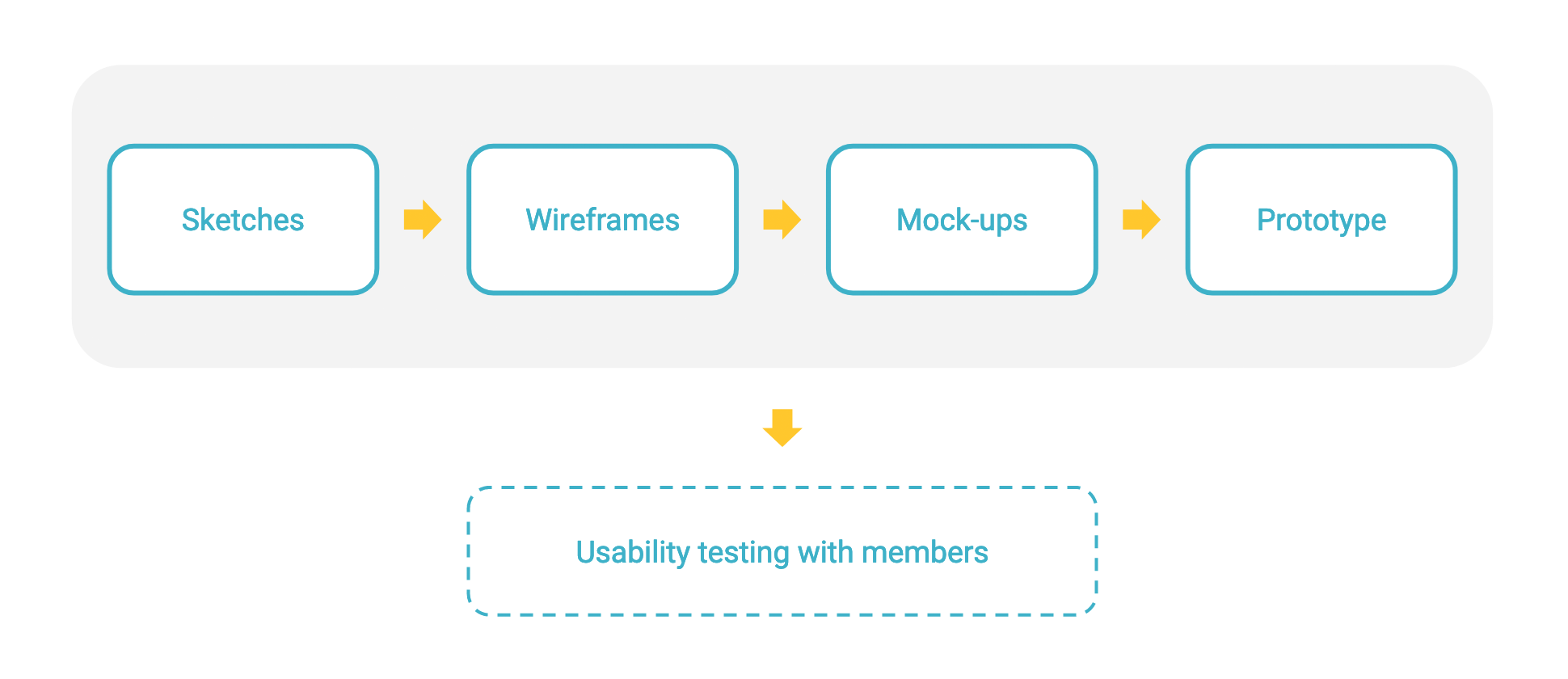
UX Sitemap
The UX sitemap helps to visually represent and outline key stages in the user experience of the product. A high-level overview of each page is detailed to explain what elements the user will interact with.
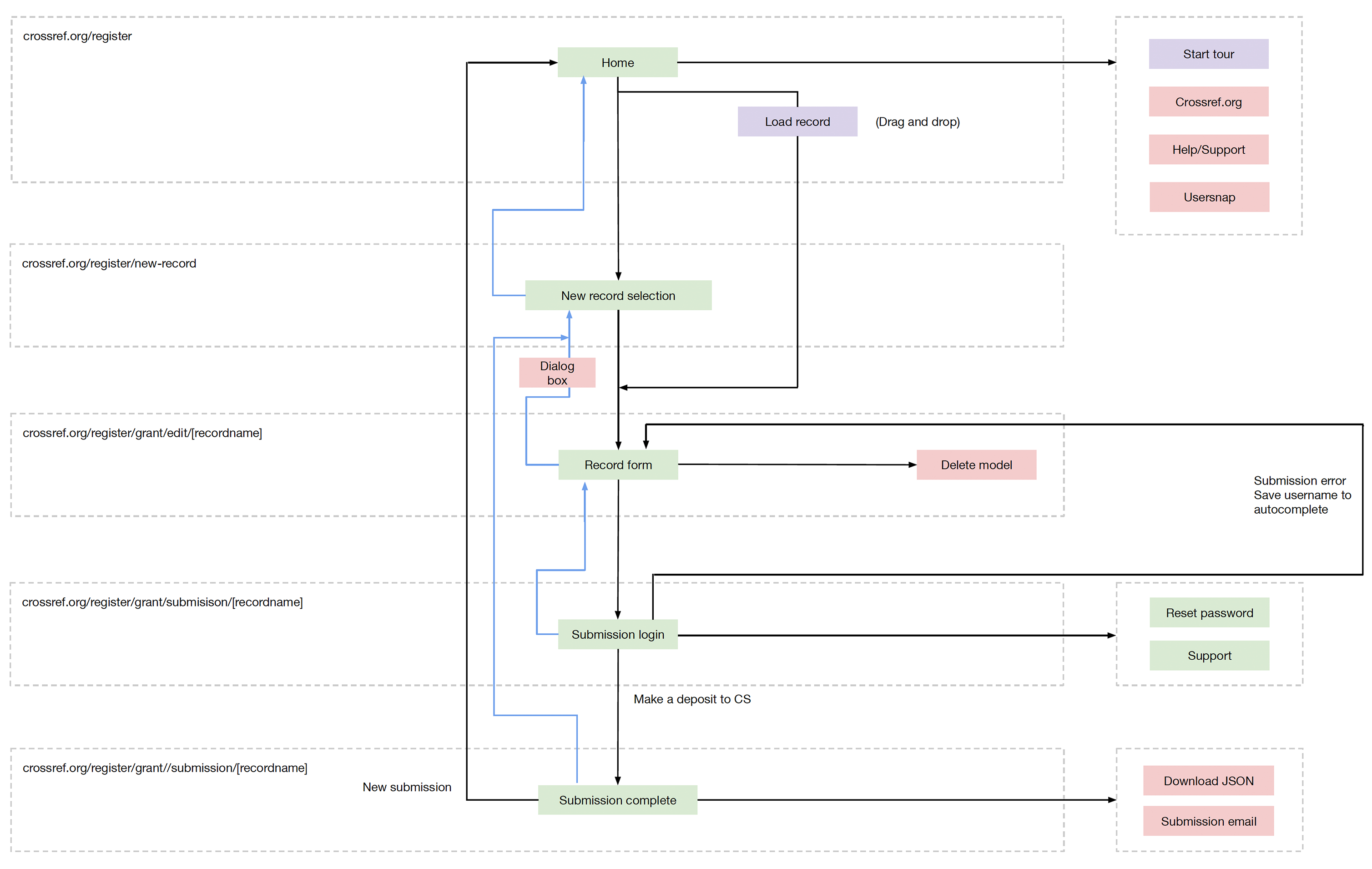
Exploration
When designing concepts a number of iterations for the design were considered and clickable prototypes were created and reviewed. Key features were considered to make a start on the design for the Content Registration tool: create a launchable MVP that supports rapid record iteration, forms that can be quickly updated/added to, focus the UI on the most important fields and improve the quality of the metadata.
Key design exploration areas
• In field error handling states
• Submission process flow
• Tracking user progress
• Saving & uploading form functionality
• Onboarding and tutorials
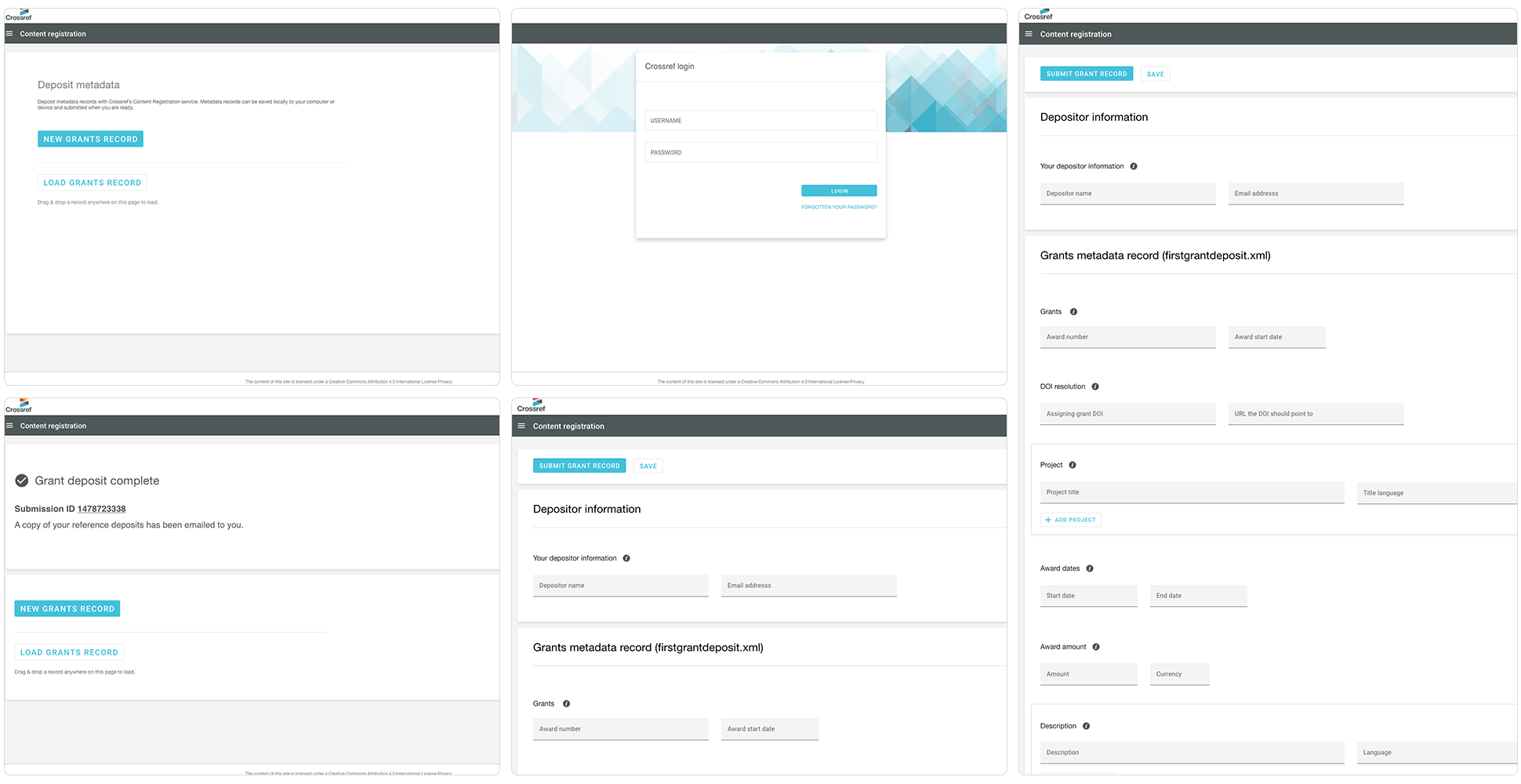
Increasing discoverability of UI functions and promoting the new form process was one of the key challenges.
Testing the designs highlighted points which needed further design thinking and investigation. One area which needed further exploration was to help users track their progress.
Creating a usability test plan
Test plans help to identify area of the product which need to be reviewed and trialed by the user. The test plan will include a list of the test candidates and how the testing session will be conducted on the day.
Questions & tasks
Each user will be given a task to perform using the clickable prototype and the user will also be asked questions on how they are perceiving the workflow. A defined list of questions tailored toward the user will be used to extract feedback points.
Feedback analysis
Each feedback point will be analysed and reviewed to establish what direction the design needs to take. This will help to establish the next steps for further design thinking and investigation.
The final design output was built using Material design principles which allowed the product to have a flexible component library and created a clean and elegant experience.
Style guide
Testing the designs highlighted points which needed further design thinking and investigation. One area which needed further exploration was to help users track their progress. Visual design style guide: Material design style guide
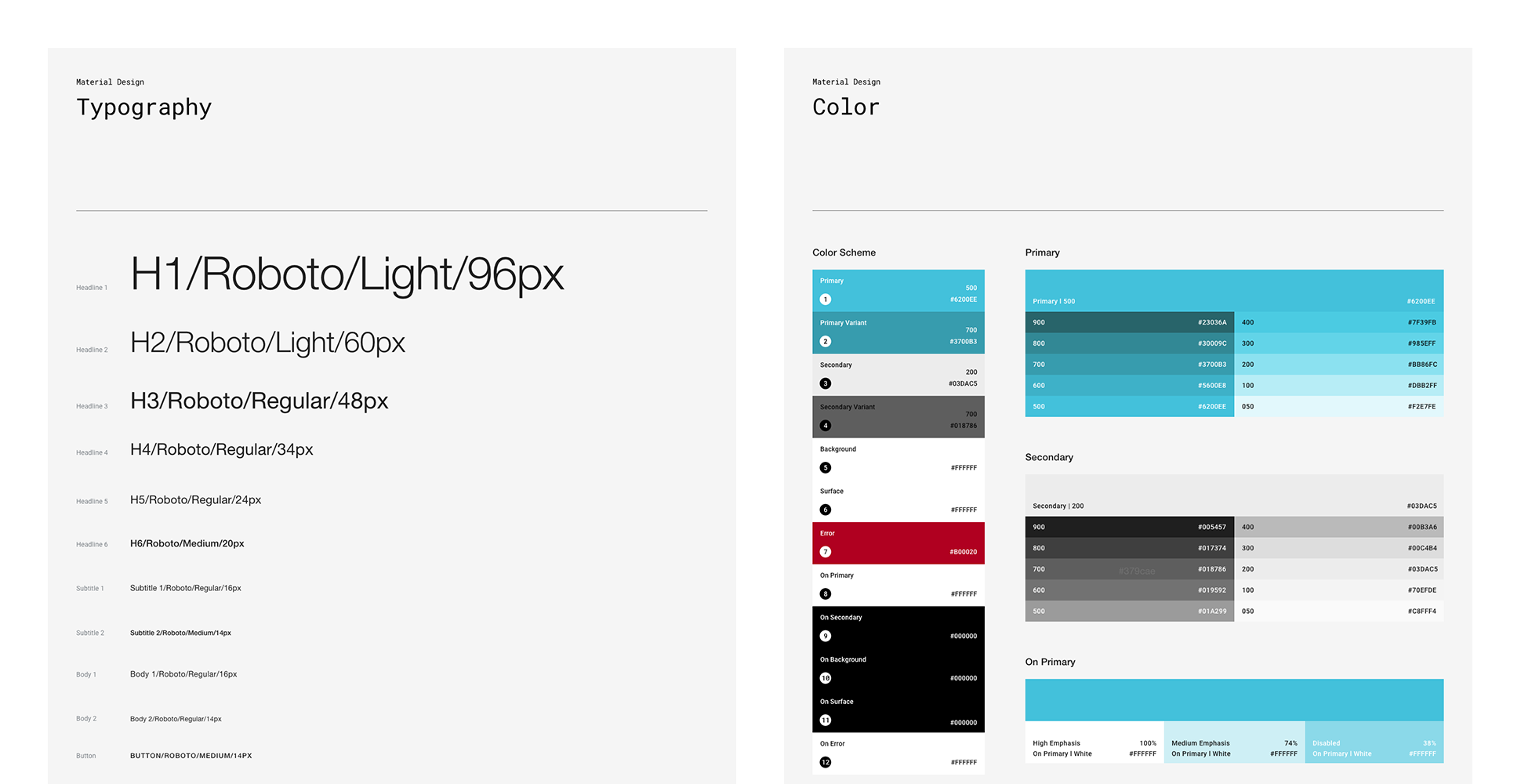
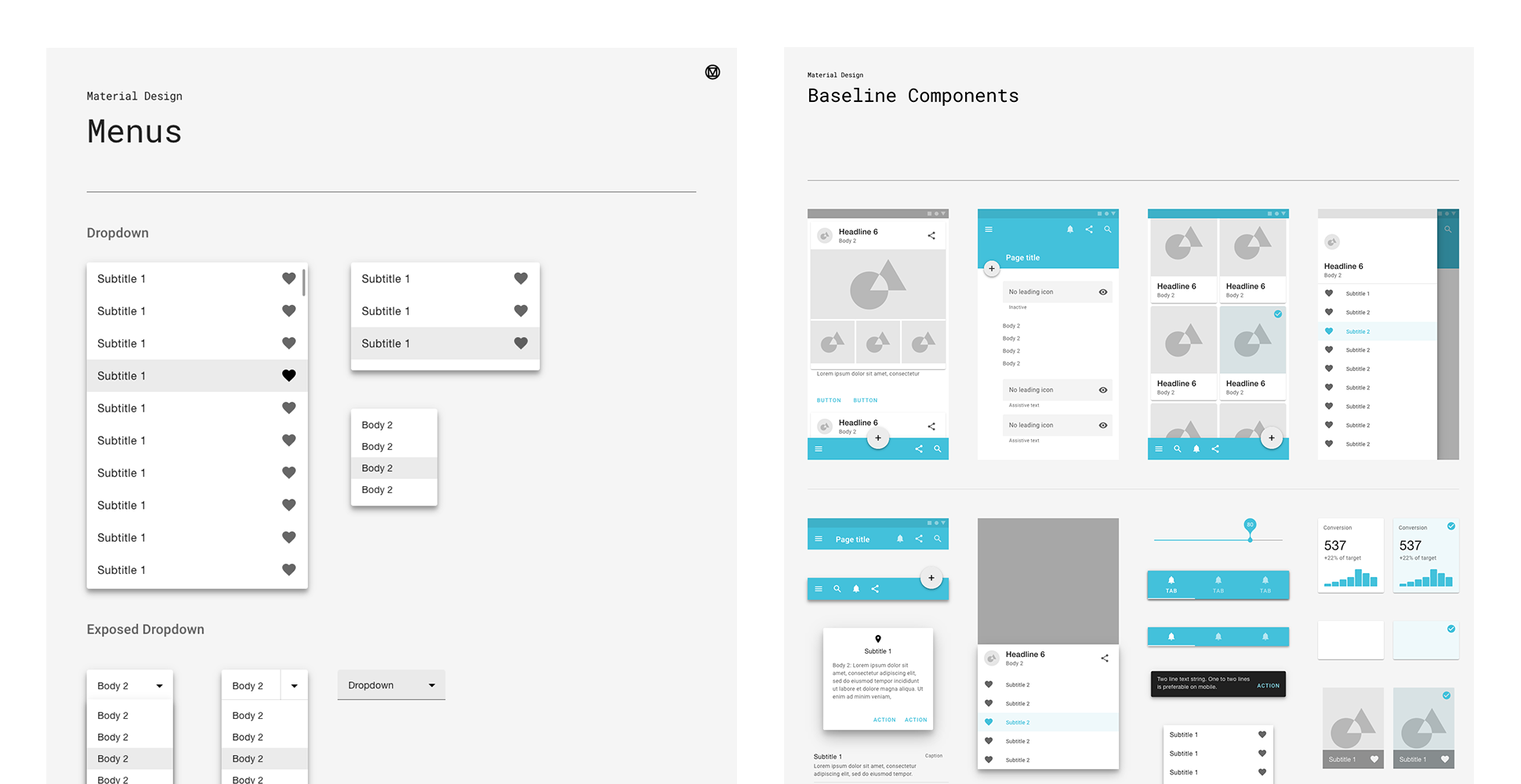
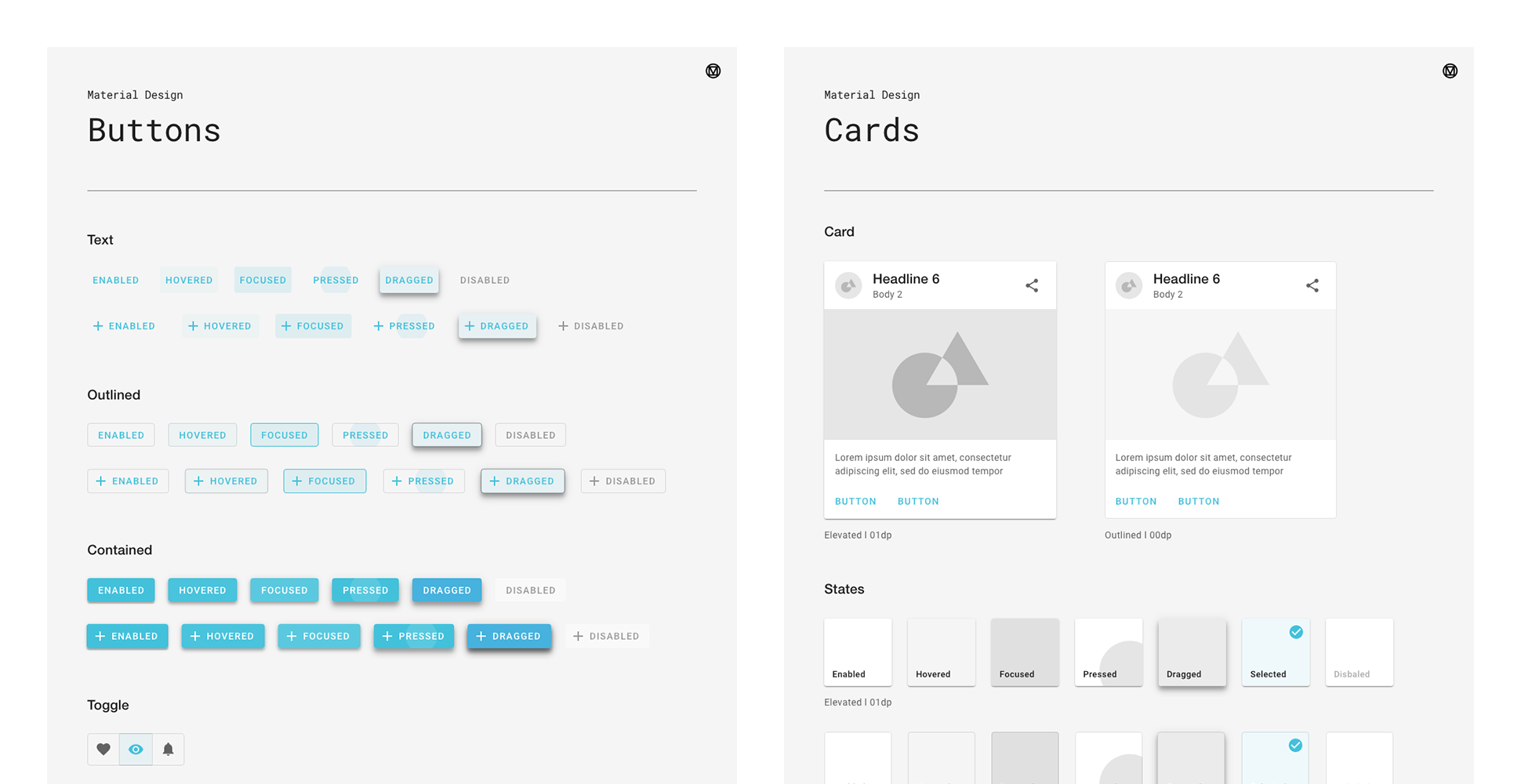
Design specifications
Testing the designs highlighted points which needed further design thinking and investigation. One area which needed further exploration was to help users track their progress. Final design specifications: Content Registration 5.0
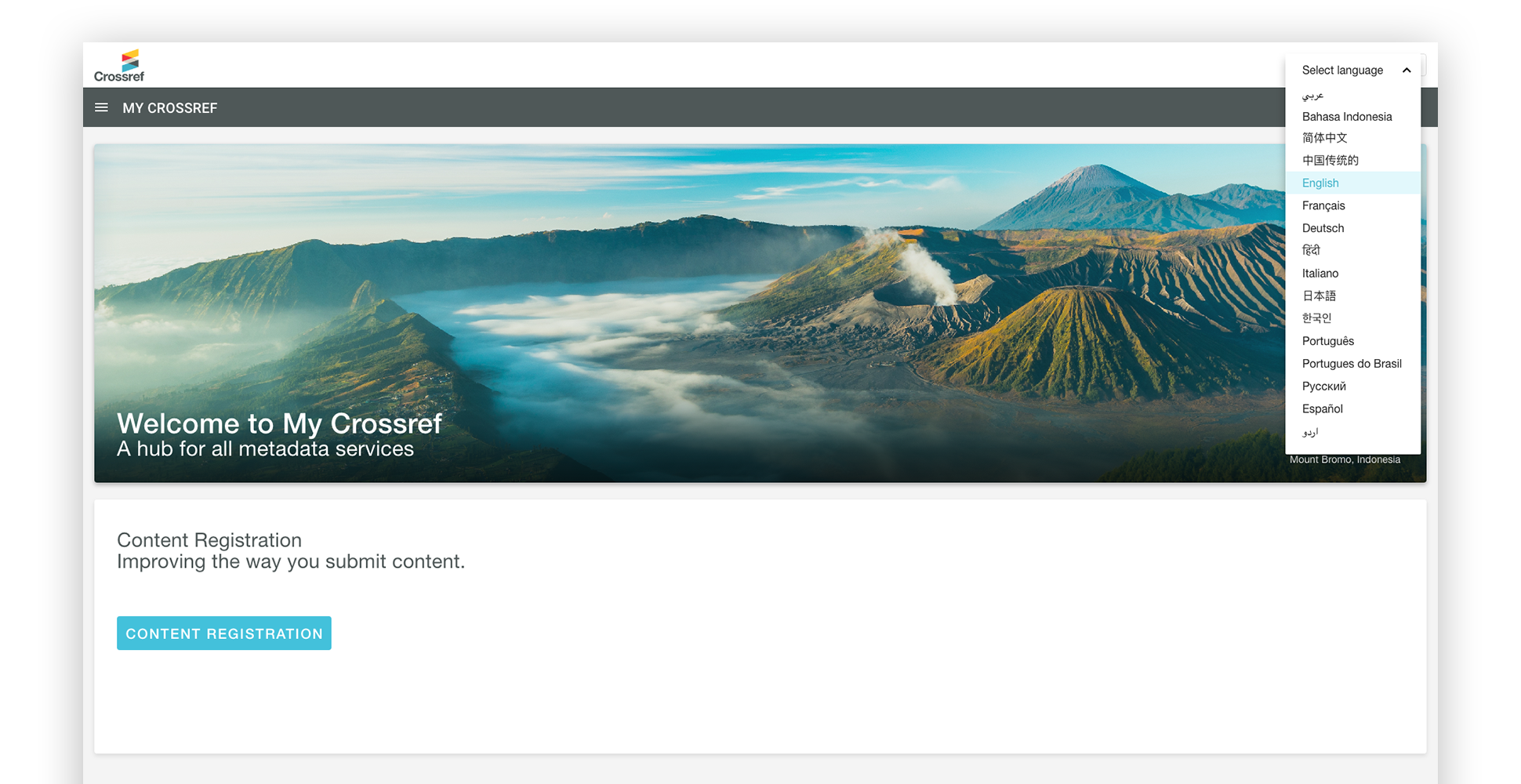
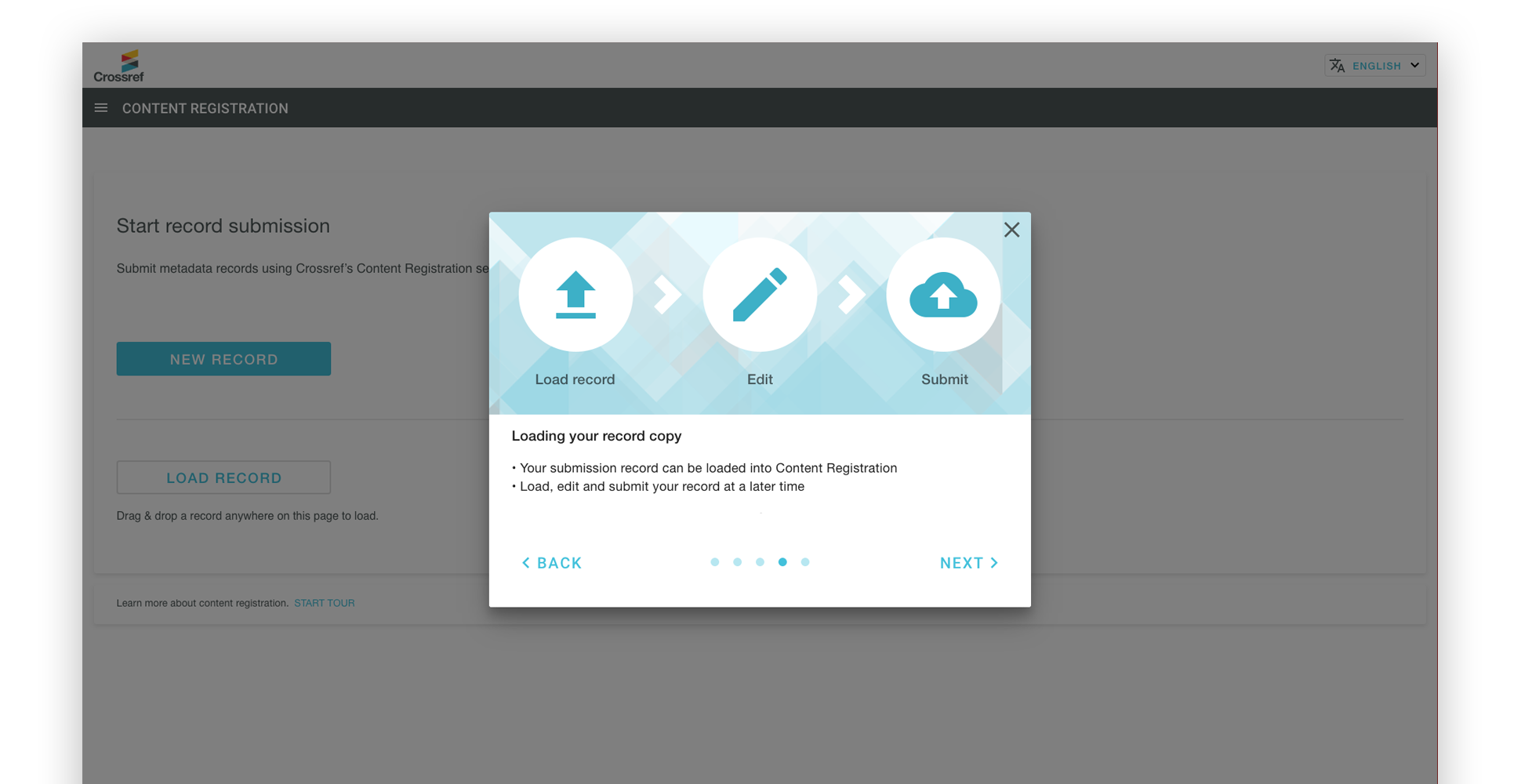
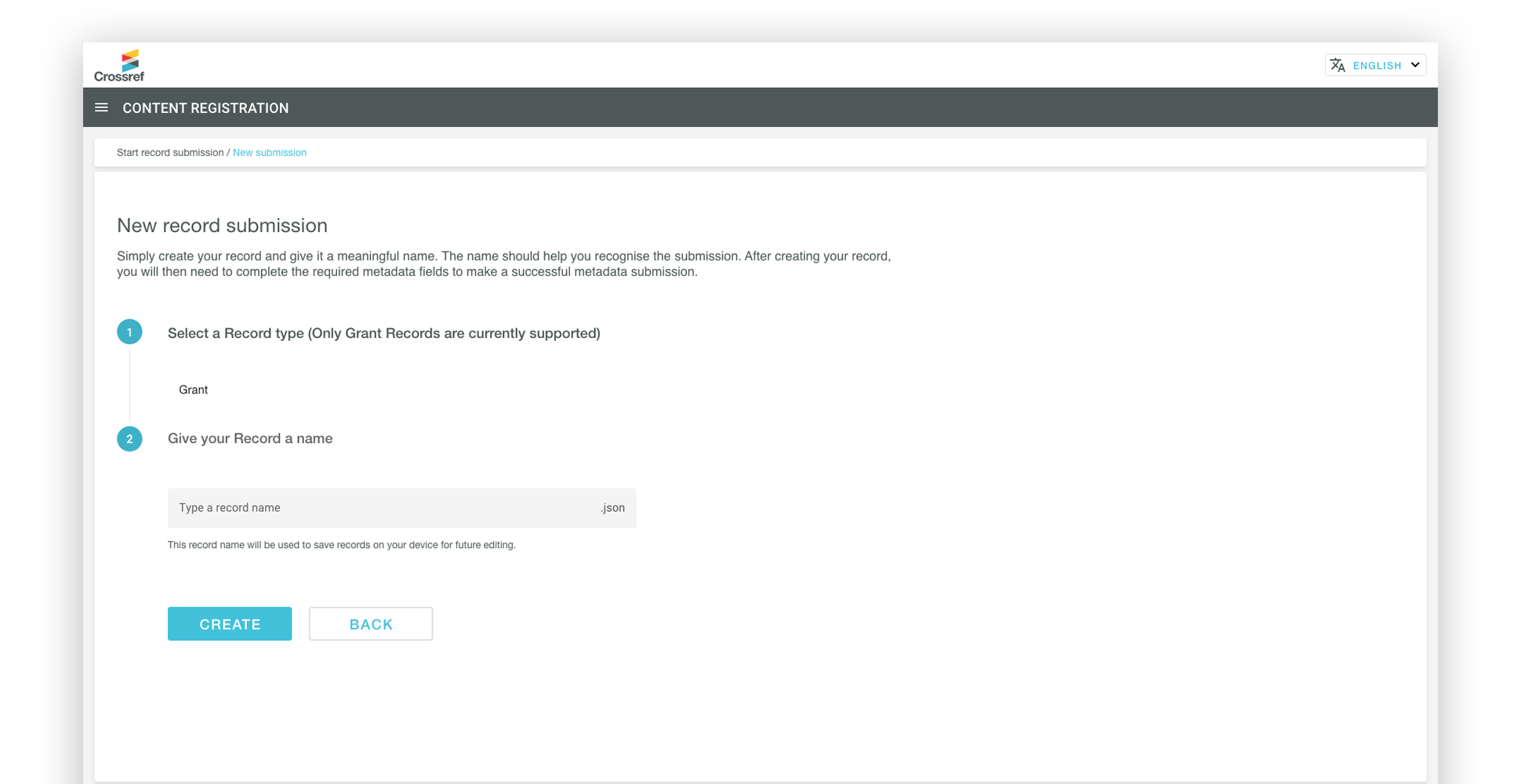
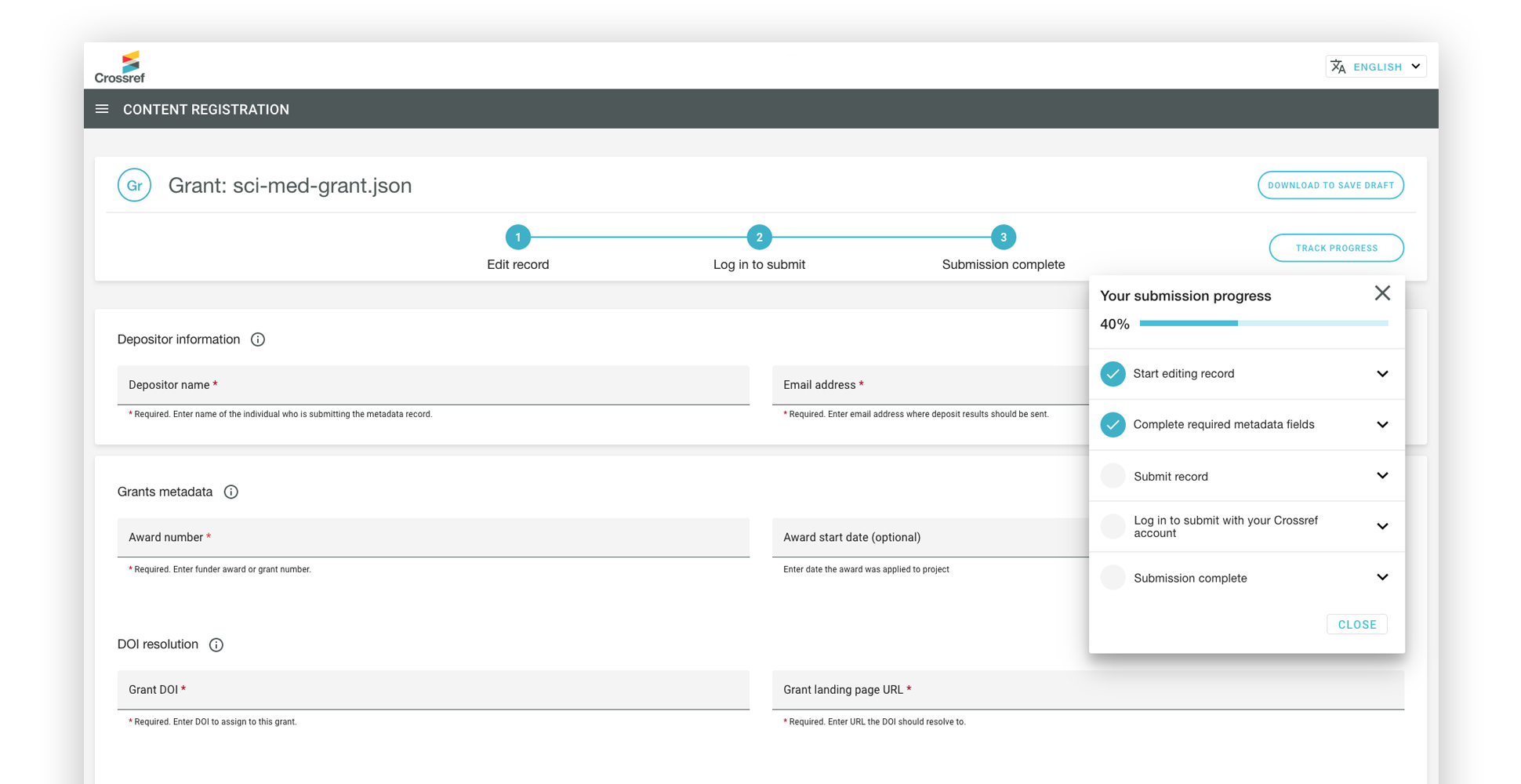
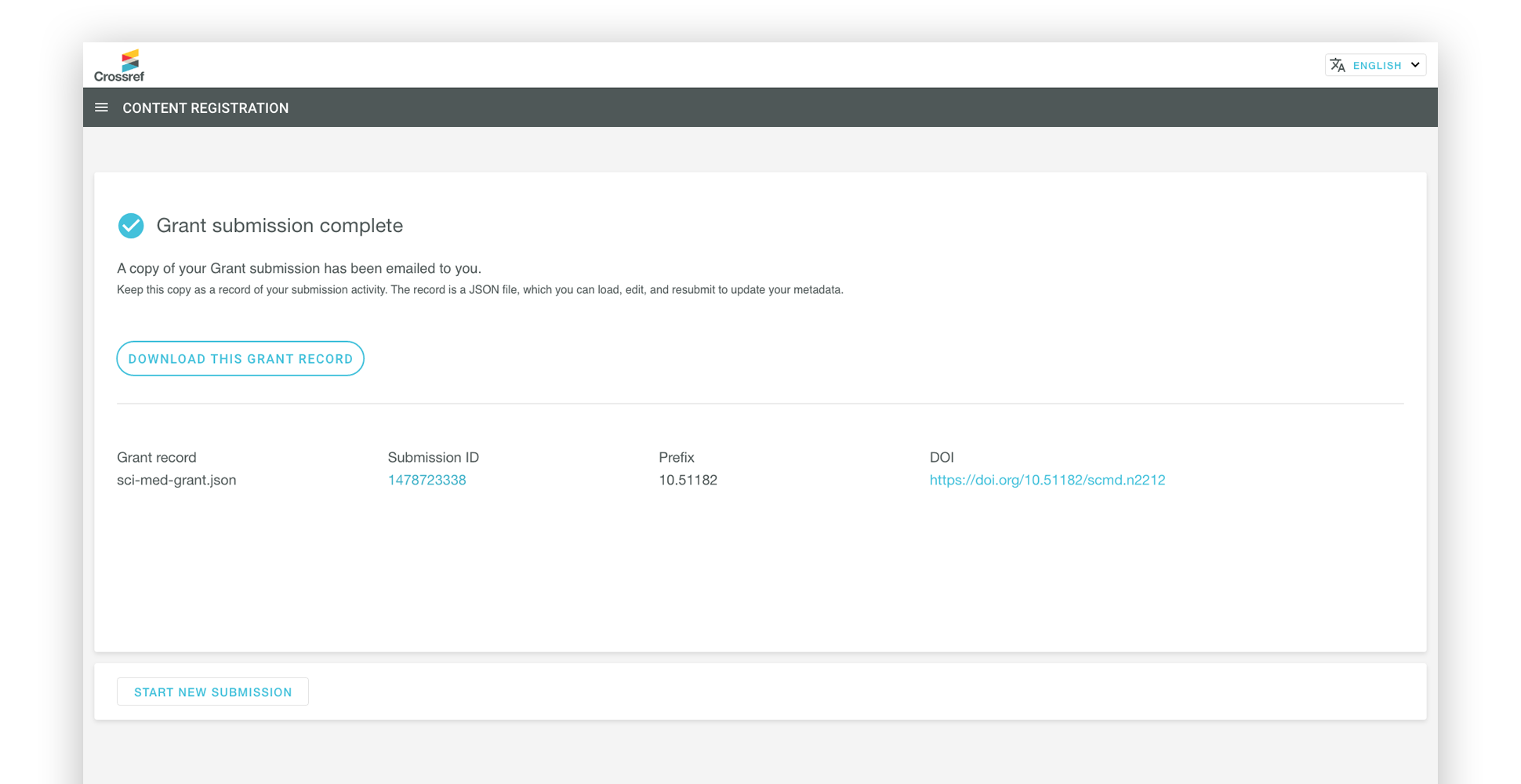
A Beta version of the Content Registration tool is now live and can be tested by members and staff. The build also has a UserSnap feedback widget embedded into the page which allows users to provide ongoing feedback. Beta build: https://beta.crossref.org/records
The business was losing 19 weeks of work annually. Great design creates an massive impact for the user and the organisation.
User-centred design helps to create products that are focused on the user's needs and aspirations. Creating a minimum viable product helps to rapidly build tools and allow users to be hands-on with a product for testing. Product development is a continuous cycle of testing, feedback collection and development.

